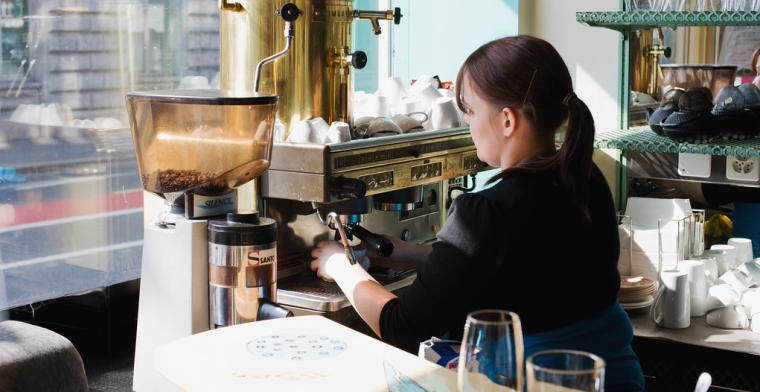
The Government is loosening the criteria for its new Covid Support Payment unveiled on Monday so that more businesses are eligible.
Initially Finance Minister Grant Robertson said businesses need to prove they’ve suffered a revenue drop of at least 40% for seven consecutive days within the six weeks prior to February 15, 2022, when the country shifted to Phase 2 of the Omicron response.
Now he’s saying they’ll also be eligible if they suffered a 40% drop for seven consecutive days within the six weeks prior to February 15, 2021.
Robertson said he was made aware the original criteria would’ve seen a number of businesses - particularly those in hospitality - miss out, because they had very quiet Januarys and early-Februarys this year.
He said he hoped to support “viable but vulnerable businesses to get through this difficult situation”.
Businesses will be able to apply for the payment under the initial criteria from Monday.
Those that want to use the new criteria will be able to do so from March 14.
“The first payment will be open for application for at least six weeks, so even if a business is not eligible right now, they may find they become eligible during this six-week period,” Robertson said.
The value of the payment remains the same. Eligible businesses will receive $4000 per business plus $400 per full-time employee, capped at 50 FTEs or $24,000.
It will be available on a fortnightly basis for six weeks, meaning three payments in total, each of which needs to be applied for separately. This reflects the international experience that the peak of the Omicron outbreak should pass after about six weeks.
“We will continue to closely monitor the situation and have the option to extend the payment if this is necessary,” Robertson said.
The Treasury initially estimated the support measure would cost the Crown between $480 million and $780 million.
Robertson’s office said the loosened eligibility meant the cost was likely to come in at the upper end of this band.
7 Comments
Hi Speckles - I agree. The communication of the criteria this time around appears to have been poor and has confused many. Some clarity with example date comparisons would be helpful.
The ird site is very clear. This new news is as clear as mud. Down 40 percent over 7 days in the 6 weeks prior to 15 February compared to what?
They should have used the comparison dates they used for the previous subsidies. That was when business was more normal.
A bit off topic, but
The picture associated with this article sums up what is wrong with NZ Inc.
If making coffee is representative of business then God help us.
With a view to running a functioning economy, if things got real bad business will have to be categorised (if not already done, on the quiet in the back room) to businesses that are essential to the functioning of a basic standard of living, transport & health. Businesses that depend and live off discretionary spending are not essential. Like over priced houses, these discretionary spend reliant businesses have flourished since the GFC.
The other problem with this broad-based support payment model is this “one size fits all” model is not equal. The companies that employ the most people and rely on human labour for revenue are treated less equally than companies whom employ a few storeman or the like to facilitate the main revenue stream being physical products.
Companies selling products with a reasonable shelf life are in a situation where their sales are simply deferred to a later date so in essence whilst they may have a lean period and incur some holding costs, they are still able to sell their stock at a later date. Now compare this to services type companies whose main product has a shelf life of one minute, or one day, what is the shelf life of labour? Every hour that passes is one hour of labour you can never sell, so these sales have not, cannot, become deferred as with the physical product type businesses.
Some will say that these services that require labor will still be purchased after the event has passed. But my retort to this comment is that the capacity to produce and sell labour is finite, you can still only sell one hours labor for one hours work, whereas with the physical products business you can sell twice as many products in the same hour if need be to catch up.

We welcome your comments below. If you are not already registered, please register to comment
Remember we welcome robust, respectful and insightful debate. We don't welcome abusive or defamatory comments and will de-register those repeatedly making such comments. Our current comment policy is here.